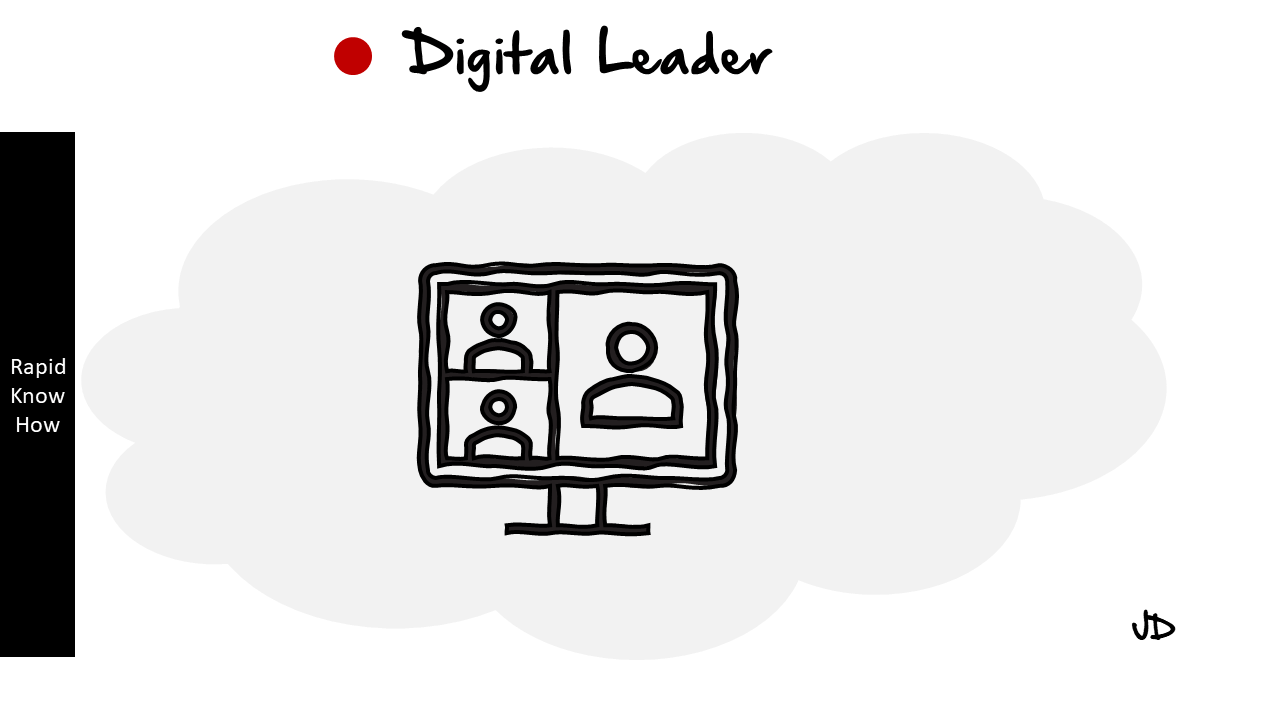A. History and Evolution of Storyboarding
Storyboarding, as a concept, has its roots in the early 20th century, specifically in the realm of animation. The technique was first developed by Walt Disney Productions during the early 1930s as a tool to pre-visualize animation sequences. It was during the production of the first-ever full-length animated feature, “Snow White and the Seven Dwarfs,” that storyboarding became an integral part of the filmmaking process.
The storyboard is essentially a series of drawings accompanied by little bits of text, representing the shots planned for a movie or television production. It helps filmmakers visualize the scenes and find potential problems before they occur. Over time, this technique has evolved and found its place in various fields such as advertising, video games, interactive media, and even in software design.
B. Comparison between Traditional and Digital Techniques
Traditional storyboarding involves hand-drawn sketches or illustrations arranged in sequence to pre-visualize a scene or animation. This method requires physical materials like paper, pencils, markers, etc., and can be time-consuming. However, it allows for a more tactile experience and can often lead to spontaneous creativity due to its hands-on nature.
On the other hand, digital storyboarding utilizes software tools to create boards on a computer or tablet. This method offers more flexibility as changes can be made easily without having to redraw entire scenes. It also allows for easy sharing and collaboration among team members regardless of their location.
C. Advantages and Disadvantages of Both Techniques
Traditional storyboarding has its unique advantages. It allows artists to engage directly with their work, which can often lead to unexpected creative breakthroughs. The tactile nature of drawing can also be therapeutic for some artists. However, it can be time-consuming and less flexible when changes need to be made.
Digital storyboarding offers several advantages over traditional methods. It’s faster because artists can easily copy, paste, and manipulate elements within the scene. It also allows for easy collaboration among team members, as digital files can be shared and edited in real-time. However, it may lack the personal touch and spontaneity that comes with hand-drawn sketches. Additionally, there’s a learning curve involved with mastering the software.
In conclusion, both traditional and digital storyboarding techniques have their place in the creative process. The choice between the two often depends on the specific needs of the project, the resources available, and the personal preference of the artist or team. As technology continues to evolve, we can expect to see further advancements in digital storyboarding tools that will make the process even more efficient and collaborative. However, traditional storyboarding will always hold its charm for those who prefer a more hands-on approach to their creative process.
